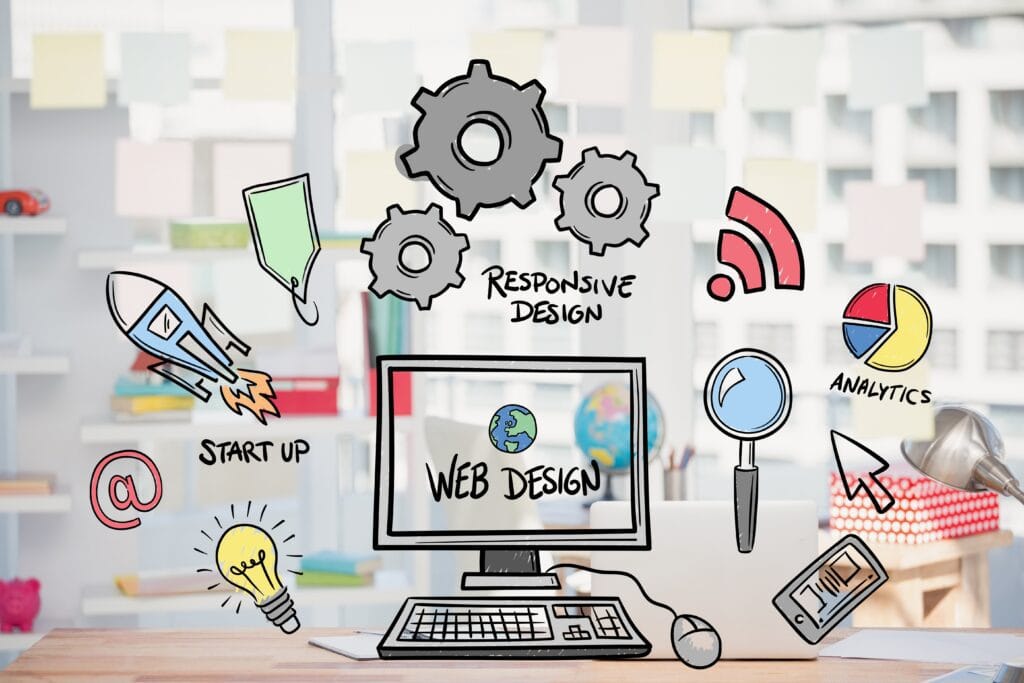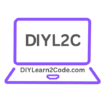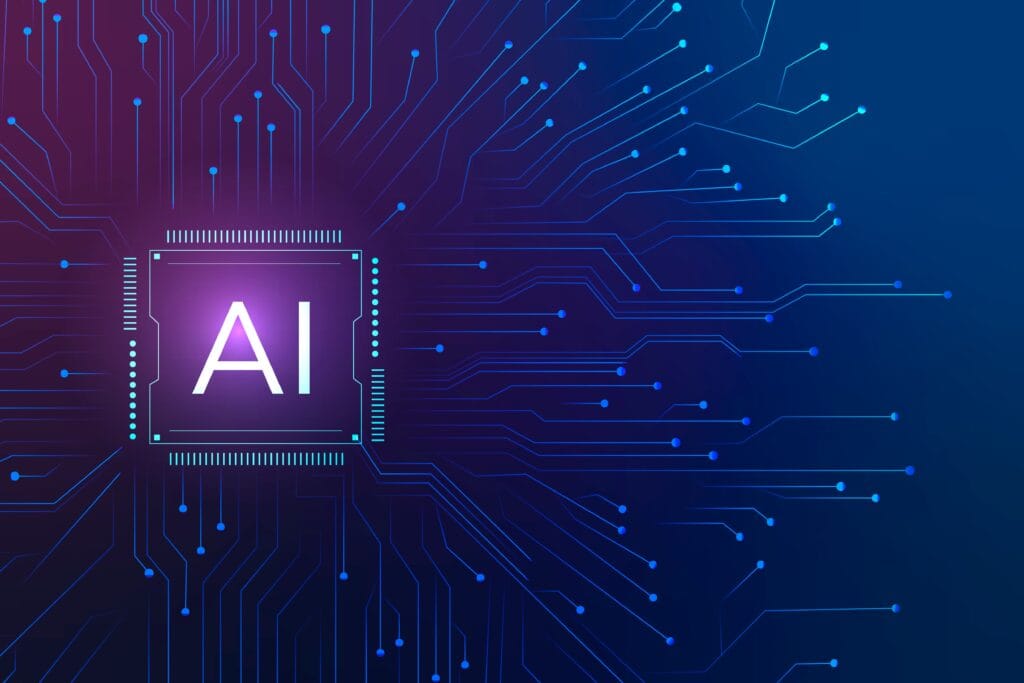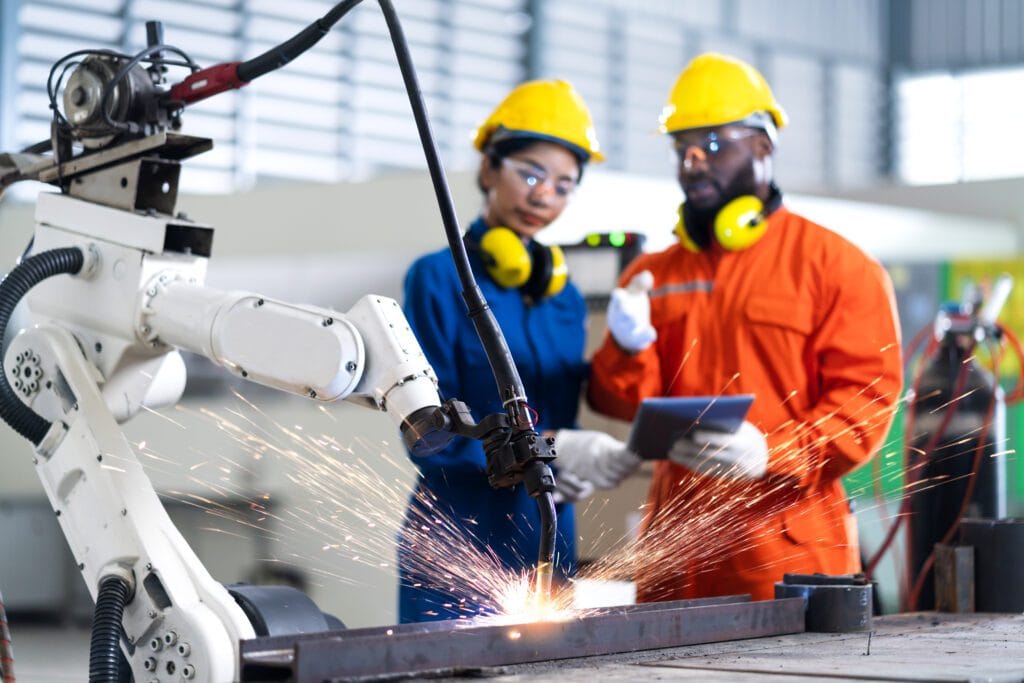Introduction: Why Web Development Still Matters in 2025?

- Introduction: Why Web Development Still Matters in 2025
- 1. Understanding the Core of Web Development
- 2. Essential Skills Every Beginner Should Master
- 3. Why Full Stack Development Is the Future
- 4. Popular Frameworks and Tools for Modern Web Developers
- 5. How diyelearn2code Helps Beginners
- 6. Real-World Applications of Web Development
- 7. Mistakes Beginners Should Avoid
- 8. DIY Full Stack Project in 2025 (Step-by-Step)
- 9. Future of Web Development in 2025 and Beyond
- 10. FAQs About Web Development for Beginners
- Conclusion: Your Web Development Journey Starts Now
The digital world is evolving faster than ever. Businesses, creators, and innovators rely on websites and web applications to connect with audiences. For beginners, web development offers the perfect gateway into programming and digital creativity. It’s not just about writing code—it’s about problem-solving, design thinking, and building real-world projects that matter.
If you’ve already explored our earlier guide to web basics, this article will help you move one step further on your journey. Together, we’ll unlock how to go from a beginner experimenting with HTML to becoming a full stack developer capable of designing and deploying robust applications.
1. Understanding the Core of Web Development
Before diving deep, let’s revisit what web development actually means.
- Frontend Development: Everything a user sees (design, buttons, navigation).
- Backend Development: The logic, database, and server-side code powering the site.
- Full Stack Development: Mastery of both frontend and backend, plus deployment and cloud hosting.
In simple terms, web development is the art and science of making ideas interactive on the internet.
2. Essential Skills Every Beginner Should Master
If you are new to programming, start with these building blocks:
- HTML (HyperText Markup Language): The skeleton of every website.
- CSS (Cascading Style Sheets): The design layer that adds color, layout, and style.
- JavaScript: The brain of the frontend that makes websites interactive.
👉 DIY Activity: Create a simple portfolio webpage with HTML, style it with CSS, and add a button using JavaScript that displays a welcome message when clicked.
This small step helps beginners get hands-on quickly.
3. Why Full Stack Development Is the Future
In 2025, companies want developers who can handle end-to-end project building. That’s where full stack development comes in.
- You understand both frontend and backend.
- You can integrate APIs and manage databases.
- You can deploy projects to cloud platforms.
Being a full stack developer doesn’t mean you must be an expert in every technology—it means you’re flexible enough to work across the stack and build complete solutions.
4. Popular Frameworks and Tools for Modern Web Developers
The ecosystem of web development keeps evolving. Let’s look at the most impactful tools today:
- Frontend Frameworks: React.js, Angular, Vue.js.
- Backend Frameworks: Node.js with Express, Django (Python), Ruby on Rails.
- Databases: MongoDB, PostgreSQL, MySQL.
- Version Control: Git & GitHub for collaboration.
- Deployment Platforms: Netlify, Vercel, AWS, Azure.
👉 DIY Activity: Build a To-Do List App using HTML, CSS, and JavaScript, then push it to GitHub Pages so it’s live for the world to see.
5. How diyelearn2code Helps Beginners
At diyelearn2code, our goal is simple: to transform programming for beginners into a fun, DIY experience. Instead of learning theory alone, we focus on hands-on projects that make you confident.
- Easy step-by-step tutorials.
- Real projects you can build in a few hours.
- Guidance on best practices for coding.
By practicing consistently, you won’t just learn syntax—you’ll learn to think like a developer.
6. Real-World Applications of Web Development
Web development is more than websites. Here are practical applications:
- E-commerce Platforms (like Amazon, Flipkart).
- Learning Platforms (like Coursera, Khan Academy).
- AI-Integrated Dashboards (real-time analytics for businesses).
- Social Media Platforms (community-driven applications).
This shows how your skills can scale from DIY projects to applications serving millions of users.
7. Mistakes Beginners Should Avoid
While learning web development, beginners often make these common mistakes:
- Skipping fundamentals and jumping directly into frameworks.
- Copying code without understanding how it works.
- Ignoring responsive design (your site must look good on mobile).
- Not practicing version control (Git saves your progress).
👉 DIY Task: Pick one of your previous small projects, and refactor it by adding mobile responsiveness using CSS media queries.
8. DIY Full Stack Project in 2025 (Step-by-Step)
Let’s put everything together into one real project you can build.
Project Idea: DIY Blog Platform
Tech Stack:
- Frontend: React.js
- Backend: Node.js + Express
- Database: MongoDB
- Deployment: Vercel (frontend), Render/Heroku (backend)
Steps:
- Set up frontend with React and design the layout.
- Build backend with Express for blog post creation.
- Connect MongoDB to store blog posts.
- Deploy frontend and backend on free hosting platforms.
This project not only teaches you coding but also how real websites are structured—a perfect transition into full stack development.
9. Future of Web Development in 2025 and Beyond
The future of web development is exciting:
- AI-driven websites that personalize content for users.
- No-code/low-code tools combined with full stack coding.
- Web3 & Blockchain integrated apps.
- Progressive Web Apps (PWAs) that behave like mobile apps.
By staying updated and continuously learning, you ensure your skills remain relevant in this evolving industry.
10. FAQs About Web Development for Beginners
Q1. How long does it take to learn web development?
With consistent practice, beginners can build real projects in 3–6 months.
Q2. Is full stack development difficult?
It’s not about difficulty—it’s about building layer by layer. With the right roadmap, it’s manageable.
Q3. Which language should beginners start with?
Start with HTML, CSS, and JavaScript. Then pick a backend language like Node.js or Python.
Q4. Do I need a degree for web development?
No. What matters most is your ability to build and solve problems.
Conclusion: Your Web Development Journey Starts Now
The internet is built by people like you—curious learners who take their first steps and grow into creators. With this continuous learning journey at diyelearn2code, you now have the roadmap to go from beginner to full stack developer.
Start small, practice often, and keep building. Every project you finish adds confidence and skill. By 2025 and beyond, your web development journey can lead to freelancing, full-time jobs, or even creating your own startup.
👉 DIY Next Step: Begin your DIY Blog Platform today. Document your process, and by the end of the month, you’ll not only have new skills but also a live project to showcase to the world.


